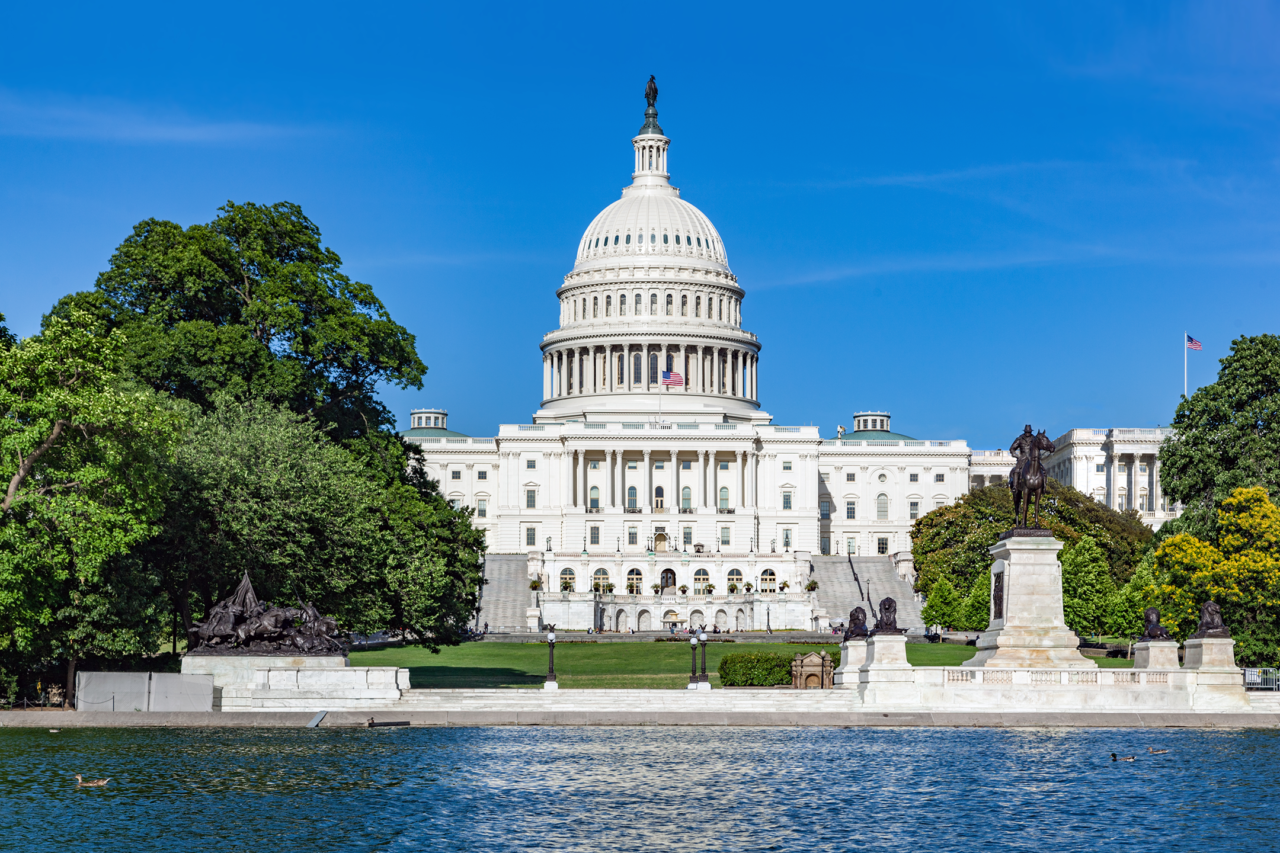
 By Catherine Lightfoot, CPA, CHBC, Director of Healthcare at EEPB, and T. Brett Mach, J.D., Atty, Director at EEPB InnovaTax
By Catherine Lightfoot, CPA, CHBC, Director of Healthcare at EEPB, and T. Brett Mach, J.D., Atty, Director at EEPB InnovaTax
2020 brought many things no one expected: a pandemic, economic lockdowns, and government bailouts. 2021 is offering hope to many in terms of a vaccine and the promise of re-opened economies. Hope for 2021 aside; the bailout may bring some surprises for taxpayers for those who took advantage of them, especially those in the service industries. Particularly surprising is the IRS’s guidance on how to treat funds from the Paycheck Protection Program (PPP) provided to businesses in 2020.
IRS Guidance
In 2020, Congress rushed to inject money into an economy hit hard by the pandemic and did so through multiple programs, the most prevalent of which was the PPP. While Congress may have intended to be a gift-giving Santa Claus, the IRS’s proposed treatment would act like the Grinch – making taxpayers pay tax on the bailout and not allowing deductions based on those same funds. The result of this is a one-two punch that could hit service industries particularly hard.
In May of 2020, the IRS stated in its Notice 2020-32 that “no deduction is allowed for an eligible expense that is otherwise deductible if the payment of the eligible expense results in forgiveness of the covered loan.” Then, in November of 2020, the IRS doubled down on its position with Rev Ruling 2020-27, which addresses taxpayers who accepted funds under the PPP. The ruling reinforced the non-deductibility of things paid for with PPP funds, including many otherwise deductible expenses such as mortgage costs and rent costs, or even wages. As a result, tax bills will be higher and deductions lower, not a good mix in a hurting economy.
Direct and Indirect Impacts
While the guidance may change, the IRS has now (at the time this article was drafted, early December 2020) stated its position on this matter twice. If the IRS does not change its position, then there are direct and indirect impacts on taxpayers that need to be considered as they approach their 2020 tax return filing.
Direct Impacts
Most believe that the more money a company makes, the more it will pay in taxes; while true in theory, we’ve all heard of large companies paying little to no tax at all. Why is that? Deductions and tax credits. Deductions and tax credits are tools that the government uses to encourage companies to do things such as act in certain ways or to avoid acting in certain ways that benefit US policy. Spend money to hire someone? Take a deduction. Spend money on alternative fuels? Tax credit time.
A company may generate substantial revenue, but if the costs to achieve that revenue are high, the company is taxed on a lower amount because of the tax benefits. The taxpayer gets a benefit from spending money in a way that the government approves of and rewards. That smaller amount, income minus deductions, is called Adjusted Gross Income (AGI). So, hypothetically, if IRS wants to raise more money for the US treasury, but they can’t raise the tax rate, all they would need to do is eliminate the deductions that lower corporate taxes.
To walk through the IRS guidance’s impact, first, let’s look at what tax items are being affected. Under the current IRS guidance, the PPP funds, that are eligible for forgiveness, increase the taxpayers’ total taxable income. Normally, increases to income also have some expense tied to them, and as such, a deduction (not so with PPP funds). For example, wages may have been a deductible expense for a healthcare practice in 2019, but now under the IRS guidance for PPP, they aren’t if they were paid with PPP funds in 2020.
For example, a practice that makes $100,000 in income might have $10,000 in deductions (wages, rents, mortgages) but has an AGI of $90,000. Assuming a tax rate of 21% (current max C corp tax rate), the practice would pay a tax amount of $18,900. Now, if you take the same taxpayer and add $10,000 in PPP funds, you have a taxpayer with $100,000 in income, (because of Congress saying directly that PPP funds are not income) but then no deductions. The result would be 21% of $100,000 or $21,000 in taxes, an increase of $2,100.
PPP’s direct impact means that taxpayers who have a majority of their deductions in wages, rents, or mortgages, will be impacted more than taxpayers who have higher expenses in costs such as supplies that were not covered by PPP. This different treatment of money depending on the source may negatively affect service-based taxpayers’ tax positions.
Indirect Impacts
The IRS guidance doesn’t stop at removing deductions. The IRS guidance will also remove other tax benefits that provide savings, such as tax credits. Tax credits are dollar-for-dollar reductions in tax, where a tax deduction is only worth some portion of each dollar. So, each dollar of credit is more powerful than each dollar of a deduction. Often, however, tax credits are based on deductions and when the deductions go away, then so do any other benefits that are based on those deductions.
The R&D tax credit is a tax benefit for companies and partnerships that develop new or improved products or processes for their trade or business. The R&D credit is essentially money that the government offers to businesses to make better products and/or processes and keep jobs in the US. The IRS guidance that removes deductions will also remove the R&D credit and other credits like it where PPP funds are involved, further deepening the impact to the taxpayer.
Let’s see the impact in our example. If we assume the practice has been claiming an R&D tax credit of $1,000 per year for the development of new procedures, and we also assume that the activities that the practice paid for with PPP funds are the activities used to claim a credit, then in the example both the deduction and the credit cannot be claimed on the 2020 tax return. Considering the impact that the R&D credit could have in addition to the loss of deductions, the increase in tax from $17,900 to $21,000 represents an increase of $3,100.
Conclusion
If the IRS doesn’t change its position before the filing of the 2020 tax returns, then many taxpayers will see a substantial reduction in deductions with an increase in income from the PPP amounts. Cash is always king, and PPP provided necessary cash at the right time, but not without strings. Service-based taxpayers need to plan ahead this year and try to keep some cash on hand to cover the PPP tax exposure. Now may also be the time to consult your tax planning expert to determine eligibility for previously ignored tax mitigation strategies in an effort to offset the impact of the IRS guidance on PPP or other programs.


